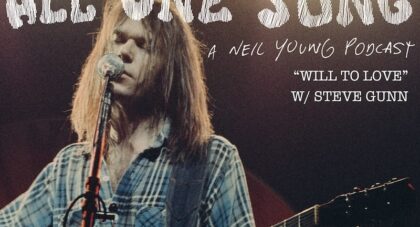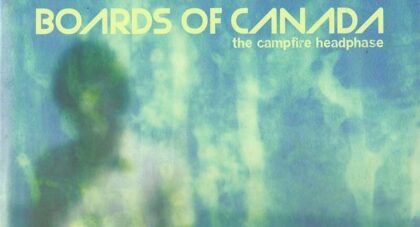Together for barely four years, Belly, the Rhode Island band made-up of Tanya Donelly, Gail Greenwood, and brothers Tom and Chris Gorman, managed an unexpected amount of success during a period in the early ‘90s when music that often had little in common was sold in very large quantities, under the catch-all term “alternative.” And twenty years after abruptly announcing their break-up, it feels like they came and went in a flash. “It was really fast,” is how Donelly describes the band’s early trajectory. “The locomotion started almost out of the gate. There was no slow build. Which made it very exciting but, also, I think we were all just kind of freefalling for a while because it was like, 'What's happening?' ”
Belly’s early momentum was helped along by the decade of work Donelly had already put in. She founded Throwing Muses with her half-sister, Kristin Hersh, while both were just in high school, and in 1986, when Donelly was only 19 years old, the band signed to the English label 4AD. Throwing Muses was the first American band to sign with 4AD, where they joined a roster that included The Birthday Party, Bauhaus, Modern English, Dead Can Dance, The The, and Cocteau Twins. Throwing Muses would also help bring their friends in The Pixies to the attention of the label. Both bands were part of a bustling Boston music scene that included The Lemonheads, Blake Babies, Galaxie 500, and Big Dipper. “There were moments of awareness where you felt like, ‘There is so much good music in this town,’ ” says Donelly. “Bands like the Neighborhoods, and the Zulus, and Lazy Susan, who were amazing. Aside from the ones that got a lot of exposure, the whole scene was so rich at that time. You could go out any night of the week and see something amazing. It was really a special time.”
Donelly also worked with Pixies bassist Kim Deal to form The Breeders, and in 1990 that band released its debut album. Pod was predominantly a vehicle for Deal’s songs, and the original idea had been for Donelly to write the majority of the material for the follow-up. Instead, she formed a new band with friends from the tightly knit musical community in her hometown of Newport, Rhode Island; Fred Abong, the former bassist from Throwing Muses, and the Gorman brothers, Tom on guitar and Chris on drums. “Anyone who took music seriously [was] hanging out together,” says Chris Gorman. “Even if it was different genres, [Newport] was small enough that you all knew each other.”
After a series of EPs, Belly released its debut album in 1993 on 4AD in England and Sire/ Reprise in America. Star used jarring, often nightmarish images, as the building blocks for songs about mortality, control, and the horror caused by the lack of it. In a 2013 interview with Spectrum Culture, Donelly said the album “was really me killing my childhood.” The songwriting was recognizably pop, though, and Star became an unexpected hit in the commercial rush that followed with the massive success of Nirvana’s Nevermind. “There were a lot of people having moderate success,” says Donelly, “but still within the framework of the indie system. There were bands that were quote unquote breaking but then Nirvana changed the framework entirely. There was a scramble to figure out how this was going to affect everybody, especially around things like radio play and MTV, which had never really been part of my relationship with my record labels.”
Only the good shit. Aquarium Drunkard is powered by its patrons. Keep the servers humming and help us continue doing it by pledging your support.
To continue reading, become a member or log in.


